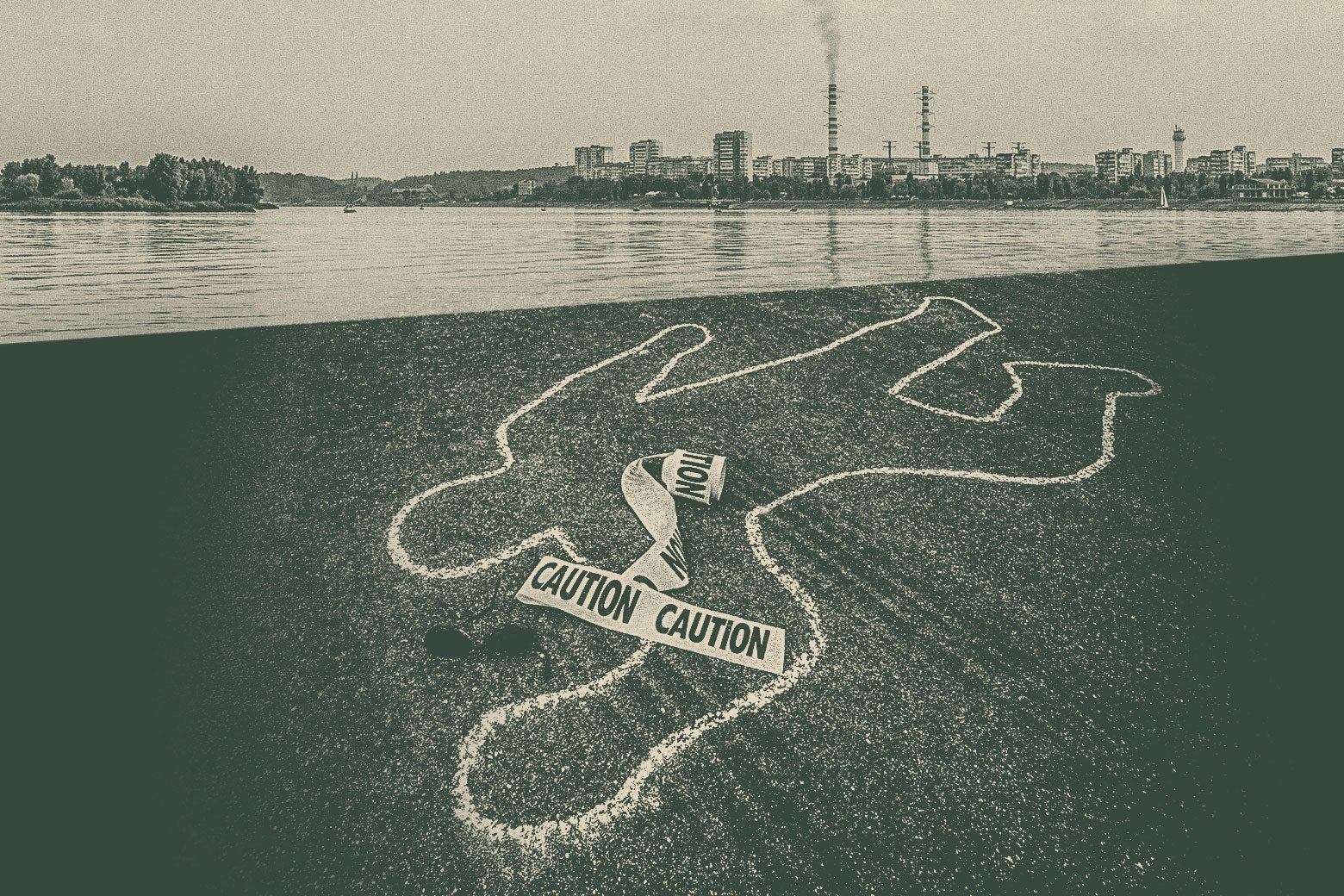
"The lead-crime hypothesis posits that lead exposure, particularly in childhood, can have long-term detrimental effects on behavior, linking higher rates of violent crime to environmental factors."
"Murderland explores the regional phenomenon of crime in the Pacific Northwest and posits that beyond individual motives, broader societal issues play a significant role."
"Fraser reflects on the shocking rise in crime during the late 20th century, linking it to both personal history and wider environmental influences, including childhood lead exposure."
"As I delved into the dark history of my hometown, I found patterns that suggested my childhood environment played a crucial role in shaping violent behaviors."
In her book "Murderland: Crime and Bloodlust in the Time of Serial Killers," Caroline Fraser investigates the disturbing history of serial killers in the Pacific Northwest. The interview reveals that Fraser ties local crime rates to the lead-crime hypothesis, suggesting environmental factors significantly influence violent behavior. Her personal discontent with her upbringing on Mercer Island drives her to explore this theory amid the context of a notable surge in serial killings from the 1970s to 1990s, illustrating a connection between societal issues and criminality.
Read at Slate Magazine
Unable to calculate read time
Collection
[
|
...
]